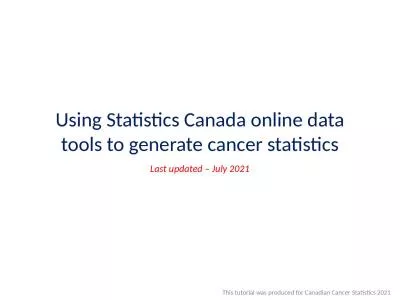PPT-1 Chapter 1 The What and the Why of Statistics
Author : dailyno | Published Date : 2020-08-27
The research process FrankfortNachmias Social Statistics for a Diverse Society 8e SAGE Publications 2018 3 Asking a research question What is empirical research
Presentation Embed Code
Download Presentation
Download Presentation The PPT/PDF document "1 Chapter 1 The What and the Why of Stat..." is the property of its rightful owner. Permission is granted to download and print the materials on this website for personal, non-commercial use only, and to display it on your personal computer provided you do not modify the materials and that you retain all copyright notices contained in the materials. By downloading content from our website, you accept the terms of this agreement.
1 Chapter 1 The What and the Why of Statistics: Transcript
Download Rules Of Document
"1 Chapter 1 The What and the Why of Statistics"The content belongs to its owner. You may download and print it for personal use, without modification, and keep all copyright notices. By downloading, you agree to these terms.
Related Documents

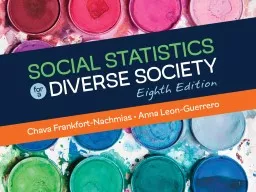
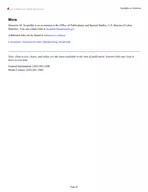

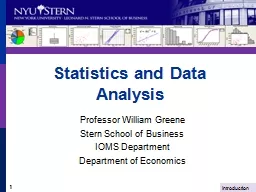
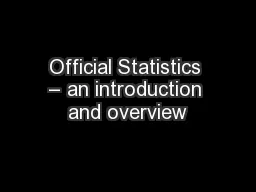
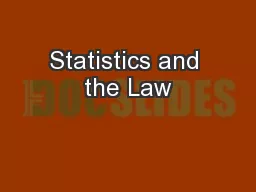
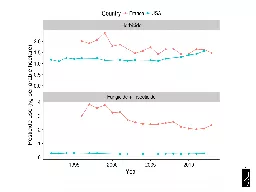
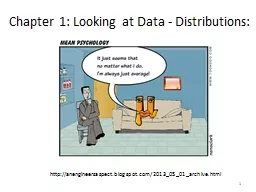
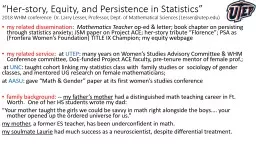

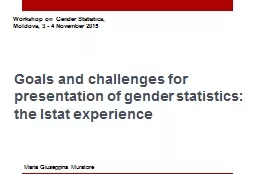

![[BOOK]-Status: Why Is It Everywhere? Why Does It Matter?: Why Is It Everywhere? Why Does](https://thumbs.docslides.com/956296/book-status-why-is-it-everywhere-why-does-it-matter-why-is-it-everywhere-why-does-it-matter.jpg)
